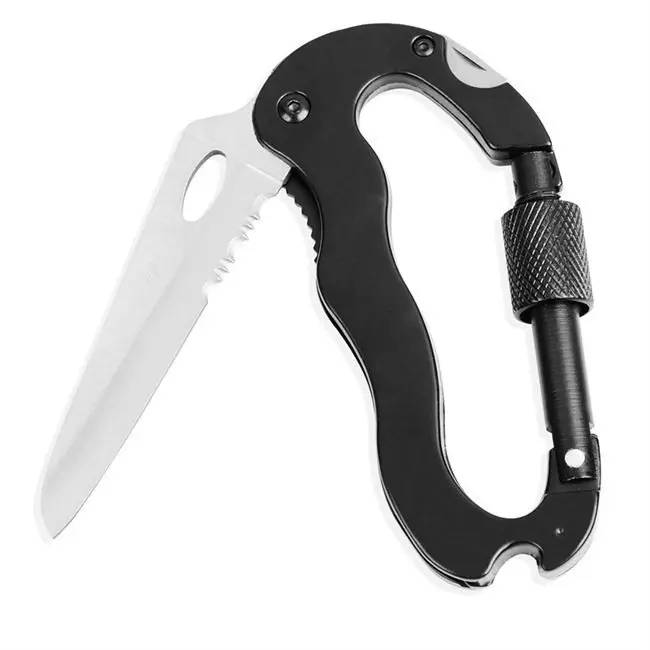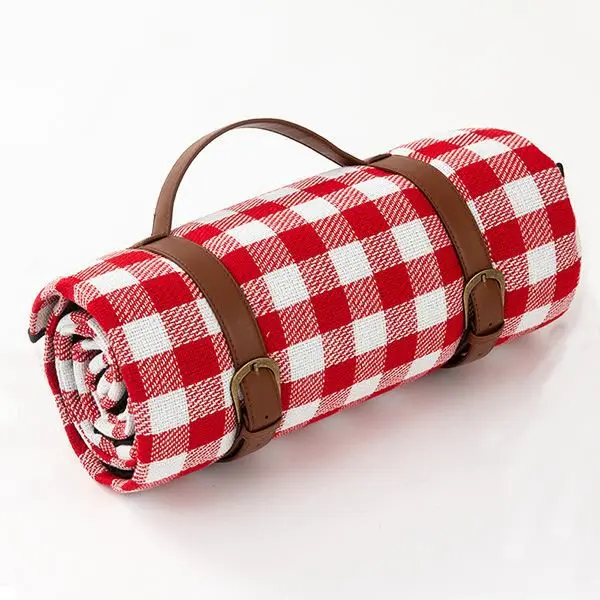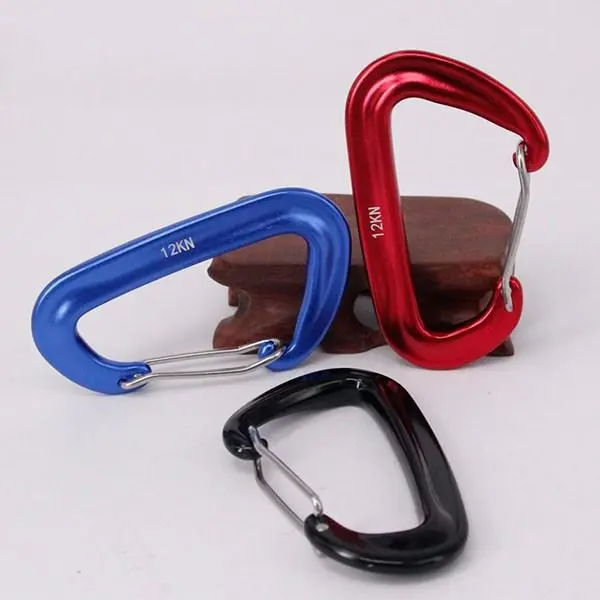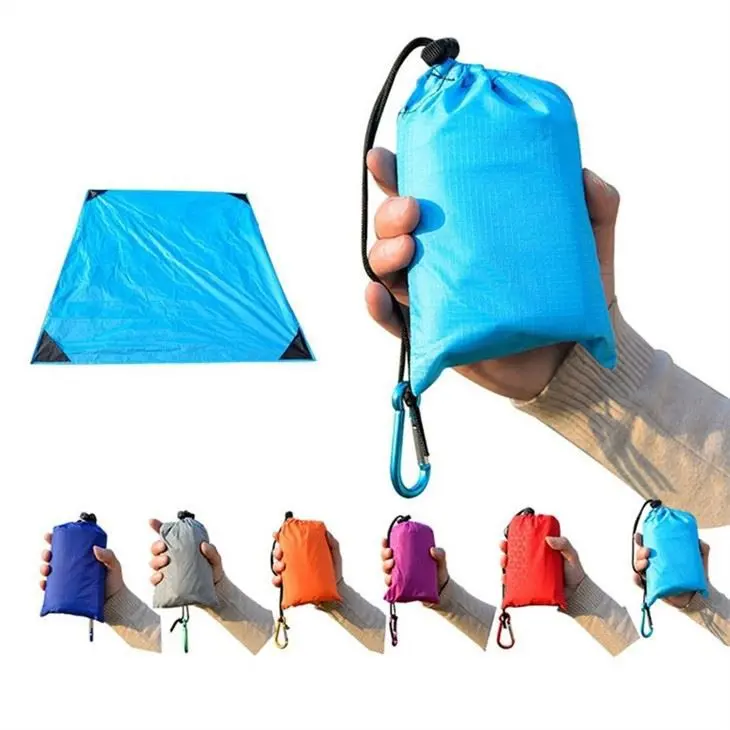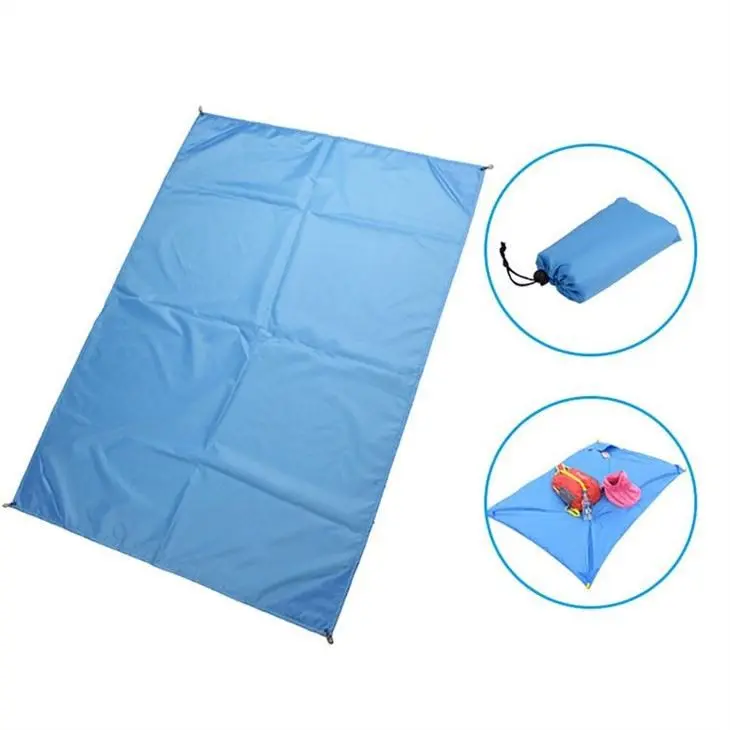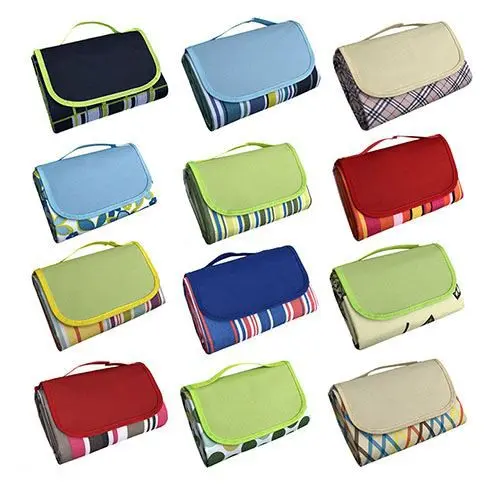How to choose a camping mattress (moisture-proof mat)?
Camping mattresses are roughly divided into three categories: air beds, self-inflatable mattresses, and foam moisture-proof mattresses that do not need to be inflated and can be used directly. Everyone can choose the one suitable according to their own situation.

A camping mattress should not only provide comfort, but more importantly, insulate and prevent heat from escaping from the body at night. So in addition to wearing warm clothes and a nightcap when sleeping, you also need to choose a good mattress. Otherwise, no matter how good the sleeping bag is, its thermal insulation effect will not be good. (Imagine lying on the bed with a down jacket on the cold floor. Can you also feel the chill?)
A common insulation indicator for camping mattresses is called R-value, which is a standardized evaluation of insulation materials and structures. The larger the R value, the better the insulation effect. This is a schematic diagram of the R value evaluation of Them-a-rest brand, which has a good reputation. If you want to use a mattress in very cold winter, the R value of the mattress should be at least greater than 6. An R value of around 4 is more suitable for autumn.
Standardized test of R-value, heated above and simulated ground temperature below. Measure how much heat is required to maintain the target temperature.
Of course, not all mattresses will give an R value. After all, this is a commonly used indicator in the American industry. Some companies also use other methods to mark insulation. For example, the British brand Vango will use sleeping mat warmth value to express it. The higher the mat, the better the insulation. So if you plan to camp in a place where the temperature is low at night, you must find out the insulation effect of the mattress.
Something else you need to pay attention to is the specifications of the mattress. Although they are all single mattresses, the length and width of the mattress will affect the comfort. When purchasing, choose according to your own situation.
Next, let’s briefly talk about the common types of sleeping pads.
Air bed. Apart from the fabric (some use insulation), it is just the air that supports the internal structure and carries the load. There are thick ones and there are thin ones. If the air mattress is large, it can be equipped with an electric inflator to facilitate inflating and deflating. Blowing air directly with your mouth is laborious on the one hand, and it is also easy for moisture to enter the mattress, shortening its service life.
Advantages: Relatively comfortable, lightweight, small footprint, easy to carry.
Disadvantages: When the temperature is low, ordinary air mattresses have poor insulation. Outdoor special air beds use a special insulation layer, and the R value can reach more than 8. If you purchase an ordinary air mattress, you can place a layer of thermal insulation mat underneath the air mattress to enhance the thermal insulation performance. If two people share an air bed, it is easy for them to interfere with each other. After all, one person turning over will directly cause air flow and affect the other person's sleep.
By comparison, air mattresses are more portable than self-inflating mattresses.

This type of air mattress is very light and suitable for backpackers, but it is not very comfortable and cannot take care of people who are used to sleeping on their sides. If you can find a suitable R value, warmth is guaranteed.
The second major category is self-inflating mattresses. Its biggest difference is that in addition to air, there is also thermal insulation foam filling material, which plays a role in comfort and warmth. Body heat is less likely to escape through the mattress and onto the floor at night.
Self-inflating mattresses on the market range from 3 cm to 15 cm. If you want comfort, especially if you like to sleep on your side, it is recommended to choose one with a thickness of 7.5 cm or more.
Advantages: Warmth and support are good. Inflating is simple, you just need to open the inflation valve, unfold the mattress flat, and the air will be filled by itself through the suction valve (of course you still need to add a few mouthfuls in the end).
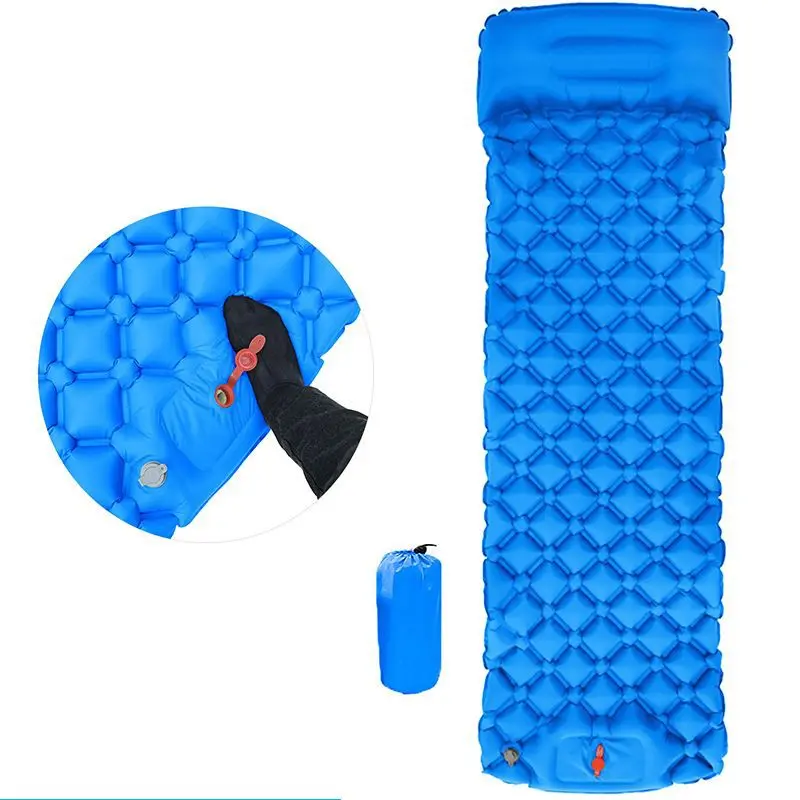
The third category is called closed cell foam mats. No need to inflate, just unfold it and use it. Because of its thin thickness, the comfort level is relatively poor and the thermal insulation effect is average. The R value is generally around 2.
Why do we mention it? Mainly, it can be used in combination with the above two mattresses to achieve better thermal insulation and moisture-proof effects.
Let’s do an arithmetic problem, R value is 2+2.3=4.3
I hope everyone can find a satisfactory mattress and have a good sleep.

